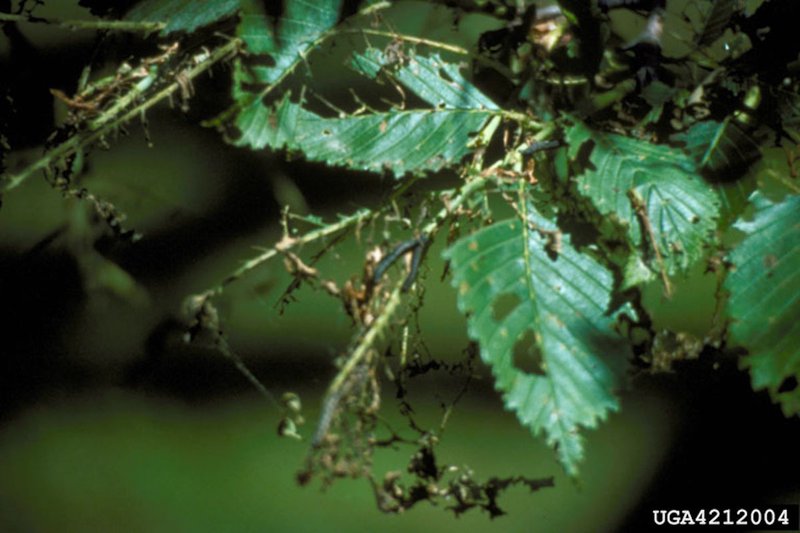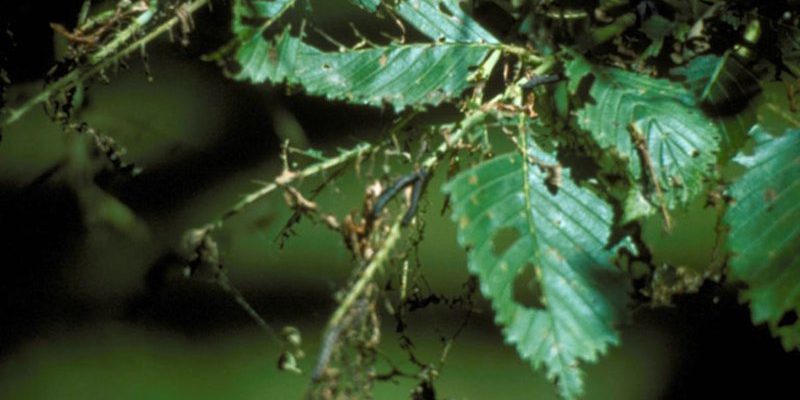
Inchworms, often the caterpillar stage of a moth, munch on leaves and then leave telltale signs of their presence in the form of droppings. Think of it like finding clues in a mystery novel. These tiny pellets can tell you a lot about the health of your plants and whether you need to take action. So, let’s dig into the details, shall we?
What Do Inchworm Droppings Look Like?
If you’re trying to identify inchworm droppings, the first thing to know is that they can resemble miniature mouse droppings. They’re usually small, dark, and cylindrical—often just a few millimeters long. Depending on the type of inchworm, the droppings might even be slightly tapered at one end. Imagine tiny black pellets scattered across your plant leaves, almost like little grains of rice.
Another important thing to note is that the droppings can vary slightly based on the inchworm’s diet. If they’ve been feeding on something green and lush, their droppings might appear more greenish in color. This can often be a messy sight, especially if there are a lot of them. Keep an eye out—seeing these droppings is a good indicator that inchworms are nearby, potentially causing damage to your beloved plants.
Where Do You Find Inchworm Droppings?
Inchworm droppings are usually found resting on the leaves of plants where these little caterpillars love to hide and munch. You might see them mostly on the underside of leaves, as inchworms tend to stay out of sight during the day. Think of it like a game of hide and seek—the inchworms are the players hiding, leaving their droppings as the only clue to their presence.
You might also find these droppings near plants that are wilting or showing signs of unusual damage. If you notice your plants looking a bit sad, a closer inspection can reveal the culprit. Searching around the base of the plants or in the nooks of the leaves can lead you right to the tiny treasures (or troubles) inchworms leave behind.
Why Identifying These Droppings Matters
Identifying inchworm droppings is crucial for keeping your garden thriving. When you find these droppings, it signals that action might be necessary to protect your plants. If left unchecked, inchworms can munch through leaves, leading to more significant damage. Imagine coming out to your garden one day, only to find your beautiful foliage looking like Swiss cheese. Nobody wants that!
By spotting these droppings early, you can take steps to manage the inchworm population. This might mean using natural predators (like birds) or applying organic insecticides. The sooner you act, the better your chances of saving your plants. Remember, a small problem can grow into a big one if it’s ignored.
How to Differentiate Inchworm Droppings from Other Pests
You might be wondering how to tell inchworm droppings apart from those left behind by other pests like caterpillars or aphids. Here’s the thing: while many types of insect droppings can look similar, inchworm droppings have a distinct, cylindrical shape. Caterpillar droppings, for example, can be larger and more irregular in shape.
To add to the confusion, aphids tend to produce a sticky substance known as honeydew rather than solid droppings. If you find a sticky residue on your leaves, you might be dealing with aphids instead. So, next time you spot droppings, focus on their size and shape. This can help you decide whether it’s an inchworm or something else entirely.
What to Do If You Find Inchworm Droppings
If you’ve identified inchworm droppings on your plants, don’t panic. There are several steps you can take to address the issue. First, inspect your plants closely to see if you can spot the inchworms themselves. They may be hiding on the leaves, blending in beautifully with their surroundings.
Next, consider using **natural remedies**. Spraying a solution of water and mild soap can help eliminate these pests without harming the plants. If the infestation is severe, you may opt for an organic insecticide. Just be sure to read the instructions carefully and follow safety guidelines to protect beneficial insects in your garden.
Lastly, regular monitoring is key. Keep an eye on your plants, checking for droppings or signs of damage. The more vigilant you are, the quicker you can act if you spot any unwanted intruders.
Preventing Future Inchworm Problems
Once you’ve dealt with an inchworm problem, you might be thinking about how to prevent it from happening again. Here are a few smart strategies to keep your garden safe. First, encourage natural predators like birds by adding bird baths or feeders. These feathered friends love a good snack of inchworms!
Another tip is to maintain healthy plants. Strong, vibrant plants are less attractive to pests like inchworms. Regularly water, fertilize, and prune your plants to keep them in tip-top shape. And don’t forget to remove fallen leaves or debris, as these can provide hiding spots for inchworms looking to feast.
Lastly, consider introducing companion planting. Certain plants can help repel pests naturally, keeping inchworms at bay. For instance, planting marigolds next to vulnerable plants can help deter these little munchers.
Identifying inchworm droppings on leaves is a simple but important part of garden care. By being observant and proactive, you can protect your plants from damage and keep your garden looking its best. Remember, those tiny droppings are more than just mess; they’re clues to help you understand the health of your garden.
So, next time you spot those little black pellets, take a moment to inspect and act. With a bit of care and attention, you can enjoy a thriving garden free from unwanted pests. Happy gardening!

